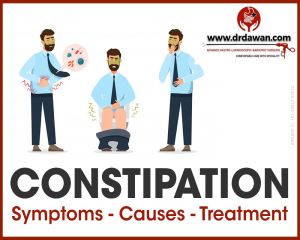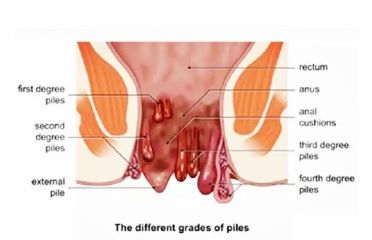

https://twitter.com/zeerajasthan_/status/1403984855260557313?s=08 https://fb.watch/65CE6DPm1H/ ONLINE APPOINTMENT CALL: 9588844908 ...

Gallstones are solid particles that build from bile cholesterol and bilirubin in the gallbladder. You ...

Piles are swollen veins in rectum and anus leads to discomfort and bleeding. 'Piles' or ...

Cancer is a disease caused by an uncontrolled division involving abnormal cell growth with the ...

Abdominal Pain is the pain caused in the abdomen or the outer muscle wall. An ...

Get your constipation treated with Dr.Dawan! Constipation occurs when an individual found difficulty in emptying the ...

Ulcerative colitis is a chronic inflammatory condition whereby tiny abscesses and ulcers are formed on the ...

In simple language, Hemorrhage is an escape of blood from the veins or blood vessels. ...

A tumor may be defined as an abnormal unwanted growth of tissue in any part ...

When an organ residing in a cavity such as the abdomen tries to push through ...

The thyroid may be a small gland but plays a large role in the functioning ...

An inflammation of the pancreas is known as pancreatitis. The pancreas is an organ that ...

You probably think many more things can go wrong during a surgery as compared to ...

Colorectal surgery is the broad term for surgical procedures performed on the colon, the rectum ...

पित्त की पथरी- इलाज़ संबन्धित भ्रांतियाँ और निराकरण प्रश्न: पित्त की थैली की उपयोगिता एवं ...

समान्य भाषा में इसे बवासीर/ मस्सा भी कहते हैं। यह गुदा द्वार को बंद ...

बवासीर या पाइल्स एक ऐसी बीमारी है जिसमें एनस के अंदर और बाहरी हिस्से की ...

प्लास्टिक शस्त्रक्रिया का मतलब है टूटने से या खराब हुए हुए जले हुए या पूरे ...

लेप्रोस्कोपिक सर्जरी (दूरबीन शल्य चिकित्सा पद्धति) द्वारा ऑपरेशन मरीजों के लिए एक वरदान साबित हुई ...

गैस्ट्रोएन्टराइटिस गैस्ट्रोएन्टराइटिस यानी आंत्रशोथ पाचन तंत्र में संक्रमण और सूजन के कारण होने वाले बीमारी है। ...